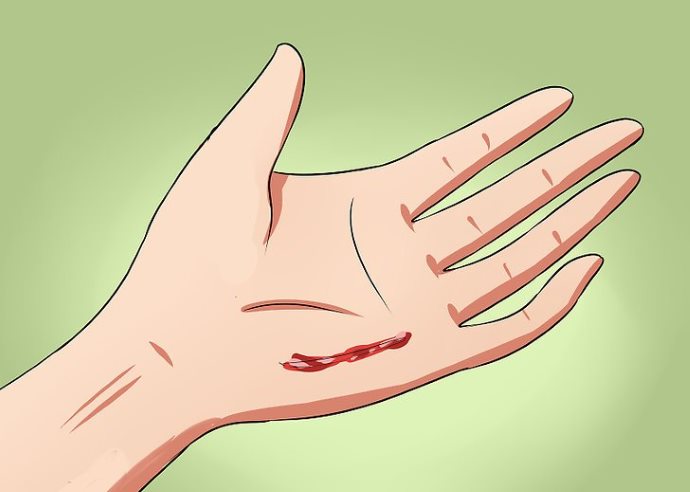When most people think of first aid, images of gauze, antiseptic wipes, or CPR spring to mind. We’re trained to respond to physical injuries—broken bones, bleeding wounds, or unconsciousness. But what happens when the emergency is internal? What if the person is struggling not with trauma to the body, but with a crisis in the mind?
Mental health emergencies are real, often invisible, and just as urgent as physical ones. Yet, for years, they’ve been overlooked in mainstream first aid training. This gap has serious consequences. Fortunately, growing awareness around mental health is changing how we think about first aid, expanding it to include emotional and psychological care.
Why Mental Health First Aid Matters
According to the World Health Organization, one in four people worldwide will experience a mental health issue at some point in their lives. Depression, anxiety, panic attacks, and suicidal ideation are becoming increasingly common across all age groups, particularly among teens and young adults. And while stigma around these issues is gradually decreasing, many people still don’t know how to recognize or respond to someone in psychological distress.
Mental health first aid (MHFA) equips individuals with the skills to identify, understand, and respond to signs of mental illness or crisis. It doesn’t make someone a therapist or doctor—it empowers them to act quickly, compassionately, and appropriately until professional help is available.
Recognizing the Signs of a Mental Health Crisis
Mental health emergencies aren’t always loud or dramatic. They can appear subtle or be mistaken for bad moods, laziness, or “overreacting.” Understanding how to recognize the signs is key to effective intervention. Warning signs include:
- Extreme mood swings or prolonged sadness
- Withdrawal from social contact
- Expressions of hopelessness or self-harm
- Panic attacks or overwhelming anxiety
- Substance abuse
- Paranoia or disorientation
- Talking about death or suicide
In acute situations, such as when someone is at risk of self-harm or harming others, fast and informed action can prevent tragedy.
What Mental Health First Aid Involves
Mental health first aid follows a structured approach, often summarized by the ALGEE action plan:
- Approach, assess, and assist with any crisis.
- Listen non-judgmentally.
- Give reassurance and information.
- Encourage appropriate professional help.
- Encourage self-help and other support strategies.
This model helps bystanders respond without panicking, while respecting the autonomy and dignity of the person in crisis. The goal is to de-escalate, ensure safety, and connect the individual with the help they need.
For example, if someone is having a panic attack, MHFA teaches responders not to tell them to “calm down,” but instead to remain present, use grounding techniques, and avoid making assumptions.
Training Makes a Difference
Much like physical first aid, training in mental health response is best learned through structured courses. These programs provide context, tools, and situational practice that boost confidence and competence in real-life emergencies.
Organizations such as Mental Health First Aid USA offer accessible training nationwide, including both in-person and virtual options. These courses are designed for workplaces, schools, families, and community groups.
Meanwhile, in Canada and francophone regions, institutions such as RCR Outaouais provide bilingual first aid and mental health response training tailored to local populations and regulations.
The Workplace and Public Safety Implications
Mental health first aid has a particularly important role in the workplace. Employees often spend more time at work than anywhere else, making it a critical setting for early intervention. High-stress industries—like healthcare, education, construction, and emergency services—have elevated risks of mental health issues, burnout, and suicide.
Employers who invest in MHFA training help reduce stigma, improve employee well-being, and foster safer work environments. Additionally, staff trained in MHFA are better equipped to handle clients, customers, or members of the public experiencing crises, especially in high-contact roles.
Schools, too, benefit from MHFA. Teachers and counselors often find themselves on the front lines of student mental health. Training can equip them to identify distress signals early and respond with care, rather than punishment or dismissal.
Integration with Broader First Aid Programs
As awareness grows, many first aid providers are integrating mental health components into traditional training. However, full MHFA courses are still separate from standard CPR or injury response modules. Ideally, a holistic approach would ensure that both physical and mental emergencies are treated with equal seriousness.
In some cases, the conversation about cpr training calgary becomes somewhat awkwardly inserted into mental health discussions—highlighting how current training models sometimes treat psychological crises as secondary rather than integral to health and safety.
To address this imbalance, more institutions are beginning to view mental health literacy as a core safety competency—not an optional add-on.
Overcoming Stigma and Cultural Barriers
Despite increasing awareness, stigma remains a barrier to effective mental health first aid. Cultural norms, generational attitudes, and misinformation can all prevent people from seeking help—or stepping in to offer it.
Training helps reduce these barriers by providing factual, accessible information. It empowers individuals to talk about mental health the same way they would talk about a broken bone or asthma attack: with concern, clarity, and compassion.
Communities that normalize mental health conversations are also more likely to foster early intervention, peer support, and reduced reliance on emergency services for issues that could have been addressed sooner.
The Future of First Aid
As our understanding of health evolves, so must our tools for care. Mental health crises are no longer seen as rare or unpredictable—they are part of the human experience and should be treated as such. First aid for mental health is not about becoming a professional therapist. It’s about knowing what to say, how to listen, and when to act.
Incorporating mental health into mainstream first aid reflects a broader shift toward inclusive, preventative health care. It sends a clear message: all emergencies matter, and every life is worth protecting.
Conclusion
First aid is no longer just about treating cuts and bruises. It’s about being prepared to help in any kind of emergency—whether physical or psychological. As mental health becomes a more visible part of public conversation, it’s time to recognize that knowing how to respond to a mental health crisis is just as important as knowing CPR.
With the right training, anyone can make a difference. Mental health first aid doesn’t require perfection—it requires presence, empathy, and action.







